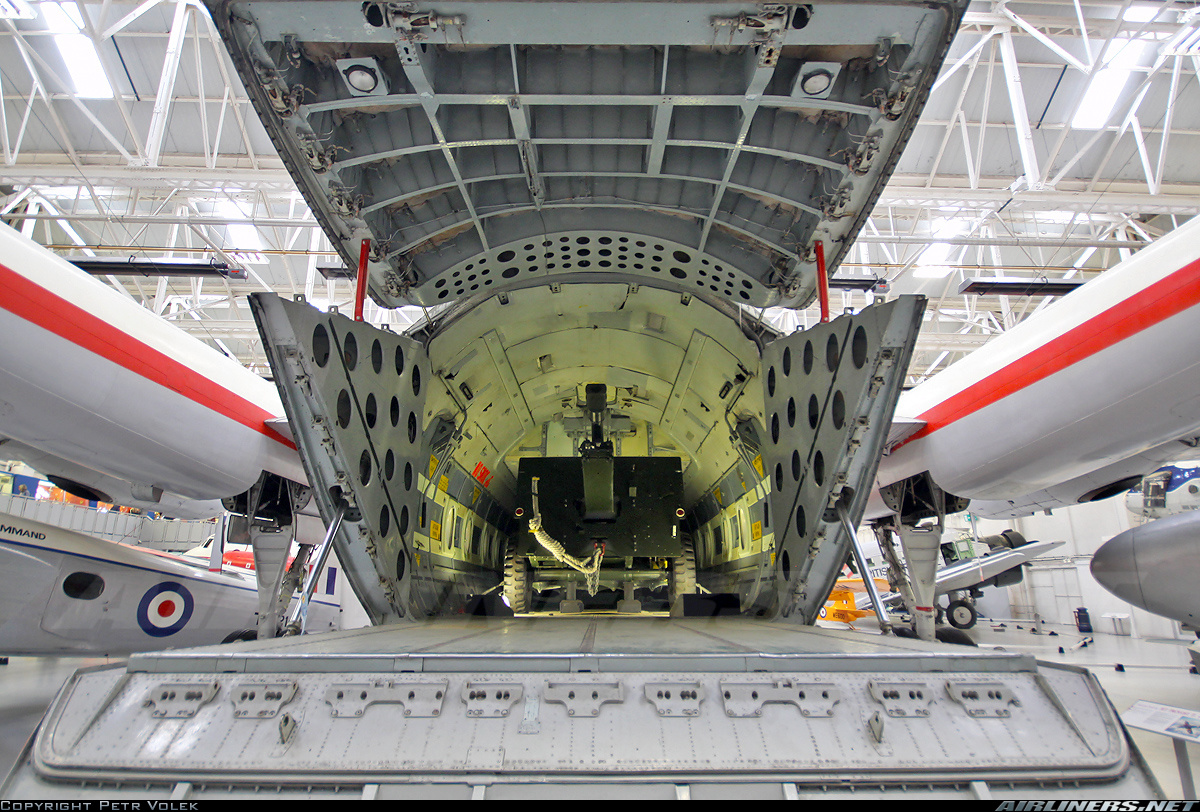Archibald
Banned
(Spin-off from a falklands thread)
Ok, so I tried to crunch some numbers - with perfect hindsight of course.
This suppose the VC-7 was not derailed and cancelled in 1954, got small orders from the RAF, then went on for a successful commercial career, let's say 400 build at the expense of 707 and DC-8 OTL numbers. I'm not interested in that commercial carrer, just the RAF alone. I want to get an idea about how many VC-7 airframes could they have put into military service, all the way from 1954 to say, 2014 (last VC-10 OTL).
How many aircrafts did the RAF used OTL, for what missions ?
For example, VC-7 can't replace a Short Belfast nor a C-130, all specialized military cargo aircrafts.
So I checked first, Transport Command, then, Nimrods, plus some other aircrafts here and there.
https://en.wikipedia.org/wiki/Vickers_VC10#Military_service 14
https://en.wikipedia.org/wiki/De_Havilland_Comet 21
https://en.wikipedia.org/wiki/Bristol_Britannia#Military_operators 23
https://en.wikipedia.org/wiki/Hawker_Siddeley_Nimrod 49
https://en.wikipedia.org/wiki/Avro_Shackleton (AEW) 12
https://en.wikipedia.org/wiki/Lockheed_TriStar_(RAF) 9
https://en.wikipedia.org/wiki/Handley_Page_Victor#Aerial_refuelling_conversion 44
If the VC-7 replace, first, the VC-10, Britannia, and Comet 4 for RAF Transport Command, then that's 58 aircrafts.
Then if the VC-7 morphes into the Nimrod, add 49 aircrafts: 107 aircrafts.
Then the next two logical steps are
- the tanker force (either the 23 VC-10 / Tristar, or the 44 Victors, or both ?)
- the AEW (Shackletons, then the AEW3 debacle: 12 aircrafts)
With Transport Command + Nimrod, that's either 58 or 107 aircrafts at the very minimum. While no 800*KC-135s, still that's more than enough to kickstart the VC-7 career through the RAF.
Then, after 1960, 44 Valiants ver converted into tankers, got wing cracks, and were replaced with an equal number of Victors. The 23 VC-10 and Tristar tankers come later.
Let's take some kind of middle number and say, the RAF needs 30 tankers, average.
That's 30 more VC-7s, say, 137. Then the AEW, let's say 13 of them including prototypes. That's 150.
Feel free to correct these numbers.
Ok, so I tried to crunch some numbers - with perfect hindsight of course.
This suppose the VC-7 was not derailed and cancelled in 1954, got small orders from the RAF, then went on for a successful commercial career, let's say 400 build at the expense of 707 and DC-8 OTL numbers. I'm not interested in that commercial carrer, just the RAF alone. I want to get an idea about how many VC-7 airframes could they have put into military service, all the way from 1954 to say, 2014 (last VC-10 OTL).
How many aircrafts did the RAF used OTL, for what missions ?
For example, VC-7 can't replace a Short Belfast nor a C-130, all specialized military cargo aircrafts.
So I checked first, Transport Command, then, Nimrods, plus some other aircrafts here and there.
https://en.wikipedia.org/wiki/Vickers_VC10#Military_service 14
https://en.wikipedia.org/wiki/De_Havilland_Comet 21
https://en.wikipedia.org/wiki/Bristol_Britannia#Military_operators 23
https://en.wikipedia.org/wiki/Hawker_Siddeley_Nimrod 49
https://en.wikipedia.org/wiki/Avro_Shackleton (AEW) 12
https://en.wikipedia.org/wiki/Lockheed_TriStar_(RAF) 9
https://en.wikipedia.org/wiki/Handley_Page_Victor#Aerial_refuelling_conversion 44
If the VC-7 replace, first, the VC-10, Britannia, and Comet 4 for RAF Transport Command, then that's 58 aircrafts.
Then if the VC-7 morphes into the Nimrod, add 49 aircrafts: 107 aircrafts.
Then the next two logical steps are
- the tanker force (either the 23 VC-10 / Tristar, or the 44 Victors, or both ?)
- the AEW (Shackletons, then the AEW3 debacle: 12 aircrafts)
With Transport Command + Nimrod, that's either 58 or 107 aircrafts at the very minimum. While no 800*KC-135s, still that's more than enough to kickstart the VC-7 career through the RAF.
Then, after 1960, 44 Valiants ver converted into tankers, got wing cracks, and were replaced with an equal number of Victors. The 23 VC-10 and Tristar tankers come later.
Let's take some kind of middle number and say, the RAF needs 30 tankers, average.
That's 30 more VC-7s, say, 137. Then the AEW, let's say 13 of them including prototypes. That's 150.
Feel free to correct these numbers.
Last edited:

